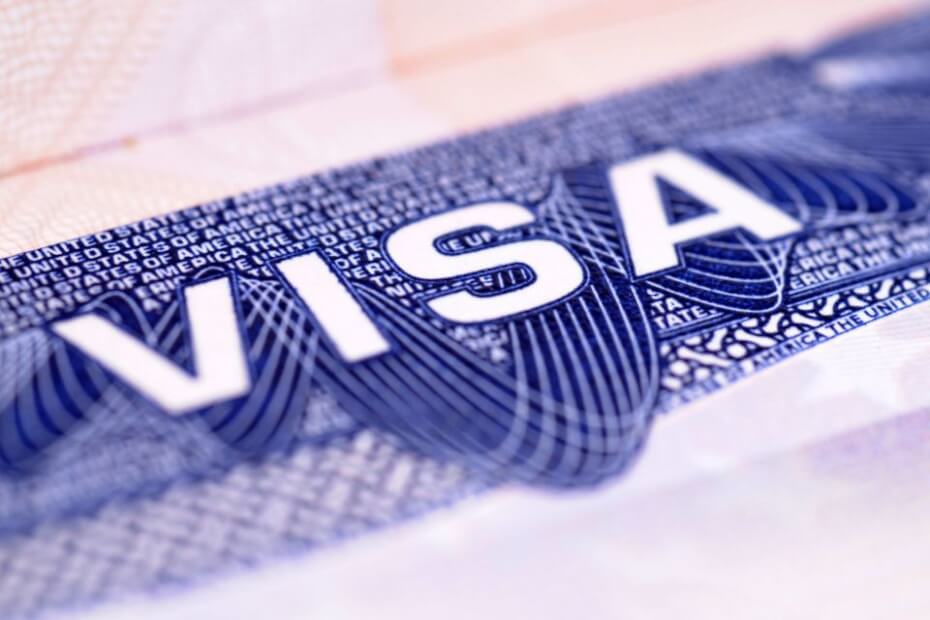
The United Kingdom (UK) Home Office is now contacting individuals with Biometric Residence Permits (BRPs) to help them switch to eVisas.
An eVisa is an online record of an individual’s immigration status. It contains the conditions of their permissions to enter, work, rent, access public funds, or stay in the UK.
Switching to an eVisa will not affect one’s current immigration status or alter the conditions of an individual’s permissions.
Unlike a physical document, an eVisa is more secure, with zero chance of getting stolen or tampered with.
It also eliminates waiting for the physical document after the decision on an individual’s application has been released.
The eVisas are part of the UK government’s vision of a “digital by default” immigration system.
This means physical documents that prove one’s UK immigration status will all be rendered obsolete.
This includes BRPs, Biometric Residence Cards (BRCs), and passport endorsements, such as wet ink stamps and vignette stickers.
By 1 January 2025, the Home Office will no longer issue such physical immigration documents.
Instead, those with permissions in the UK must use Home Office online systems to prove their immigration status.
BRP holders need to create a UKVI account
All those who were issued a BRP on 1 January 2020 will have their permission expire by 31 December 2024. This is regardless of the expiry date shown on their permit.
The UK Visas and Immigration (UKVI), a branch of the Home Office responsible for visa and settlement applications, will contact BRP holders via email or post.
The correspondence will contain instructions on creating a UKVI account and linking it to their eVisa.
A UKVI account is an online system of the Home Office that enables individuals to view and prove their immigration status to others.
Those with BRPs who have not been contacted by the UKVI do not need to do anything yet. They will be able to create an account and access their eVisa later in 2024.
Starting in the summer of 2024, all BRP holders can access a link to create a generic UKVI account.
Those with wet ink stamps and vignette stickers must apply for NTL
Individuals who show wet ink stamps or vignette stickers on their passports to prove their immigration status must apply for a no-time limit (NTL).
An NTL is an administrative procedure where a person with indefinite leave to enter or indefinite leave to remain can request confirmation of their status on a BRP.
Upon successful NTL application, the applicant will receive a BRP and be able to use it to prove their rights.
Once they have a BRP, they can create a UKVI account later this year and access their eVisa.
BRC holders must apply for settlement under the EUSS
BRCs are also known as “UK Residence Cards” or “European Economic Area (EEA) Biometric Residence Cards.”
They were issued to those permitted to live in the UK because they are a family member from the EU, Norway, Iceland or Liechtenstein, and Switzerland.
BRCs are typically no longer valid even if the cards are still within their expiry date.
This is because the UK has left the EU, and the EU free movement law no longer applies.
Individuals with BRCs who have been granted settled or pre-settled status under the EU Settlement Scheme already have eVisas.
The EUSS allows EU, EEA, and Swiss citizens and their family members to stay in the UK after Brexit.
Permissions of those with BRCs who do not have EUSS status or other forms of permission or who have not become British citizens are no longer valid.
To continue living in the UK, they must obtain new permission immediately.
They can start by checking if they can still make a late application to the EU Settlement Scheme.
Advantages of traveling internationally with eVisas
For the remainder of 2024, those with physical immigration status documents must continue to carry them when traveling.
Individuals with valid UK immigration status are free from immigration control. They enjoy the same freedom of movement as British citizens.
Like British citizens, they are exempt from obtaining an Electronic Travel Authorization (ETA) when coming to the UK.
Similar to ETAs, eVisas are linked to an individual’s passport. They must then be registered to their UKVI account.
Border officials can then scan their passports to check their permission to enter and stay in the UK.
One’s UKVI account must be updated to avoid potential disruptions at the border.

